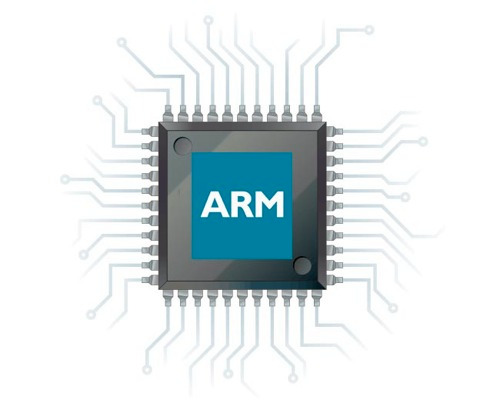Differences
This shows you the differences between two versions of the page.
|
ass:cursuri:01:theory:02 [2023/07/17 14:22] florin.stancu [Processor protection domains] |
ass:cursuri:01:theory:02 [2023/07/17 22:39] (current) radu.mantu |
||
|---|---|---|---|
| Line 49: | Line 49: | ||
| - **Ring -4:** A [[https://i.blackhat.com/us-18/Thu-August-9/us-18-Domas-God-Mode-Unlocked-Hardware-Backdoors-In-x86-CPUs-wp.pdf|deeply embedded core]] that was discovered in some Intel CPUs and was presented at BlackHat 2018. This is essentially a hidden co-processor that shares an execution pipeline and some of its registers with the main processor. A transition to this mode can be performed from by a knowledgeable attacker from //any// privilege levels, including ring3. While in ring-4, the executing (normally unprivileged code) presumably has access to all system resources, similarly to ring-3. | - **Ring -4:** A [[https://i.blackhat.com/us-18/Thu-August-9/us-18-Domas-God-Mode-Unlocked-Hardware-Backdoors-In-x86-CPUs-wp.pdf|deeply embedded core]] that was discovered in some Intel CPUs and was presented at BlackHat 2018. This is essentially a hidden co-processor that shares an execution pipeline and some of its registers with the main processor. A transition to this mode can be performed from by a knowledgeable attacker from //any// privilege levels, including ring3. While in ring-4, the executing (normally unprivileged code) presumably has access to all system resources, similarly to ring-3. | ||
| </spoiler> | </spoiler> | ||
| + | \\ | ||
| Finally, please note that, although we described the virtual memory mechanisms of x86, the concepts are really the same for all other architectures (of course, the configuration registers and page entry structure will differ, but they all share a common feature set)! | Finally, please note that, although we described the virtual memory mechanisms of x86, the concepts are really the same for all other architectures (of course, the configuration registers and page entry structure will differ, but they all share a common feature set)! | ||
| Line 63: | Line 64: | ||
| Usually, there are three exception levels: | Usually, there are three exception levels: | ||
| * **EL0:** User Space (equiv to //Ring 3// from x86); | * **EL0:** User Space (equiv to //Ring 3// from x86); | ||
| - | * **EL1:** Kernel Space (''~'' //Ring 0//); | + | * **EL1:** Kernel Space (%%~%%//Ring 0//); |
| - | * **EL2:** Hypervisor (''~''//Ring -1//); notably absent from the Secure World; | + | * **EL2:** Hypervisor (%%~%%//Ring -1//); notably absent from the Secure World; |
| But, with the introduction of the ARM TrustZone security extensions, [almost] all of these modes were vertically partitioned into two security domains. | But, with the introduction of the ARM TrustZone security extensions, [almost] all of these modes were vertically partitioned into two security domains. | ||

